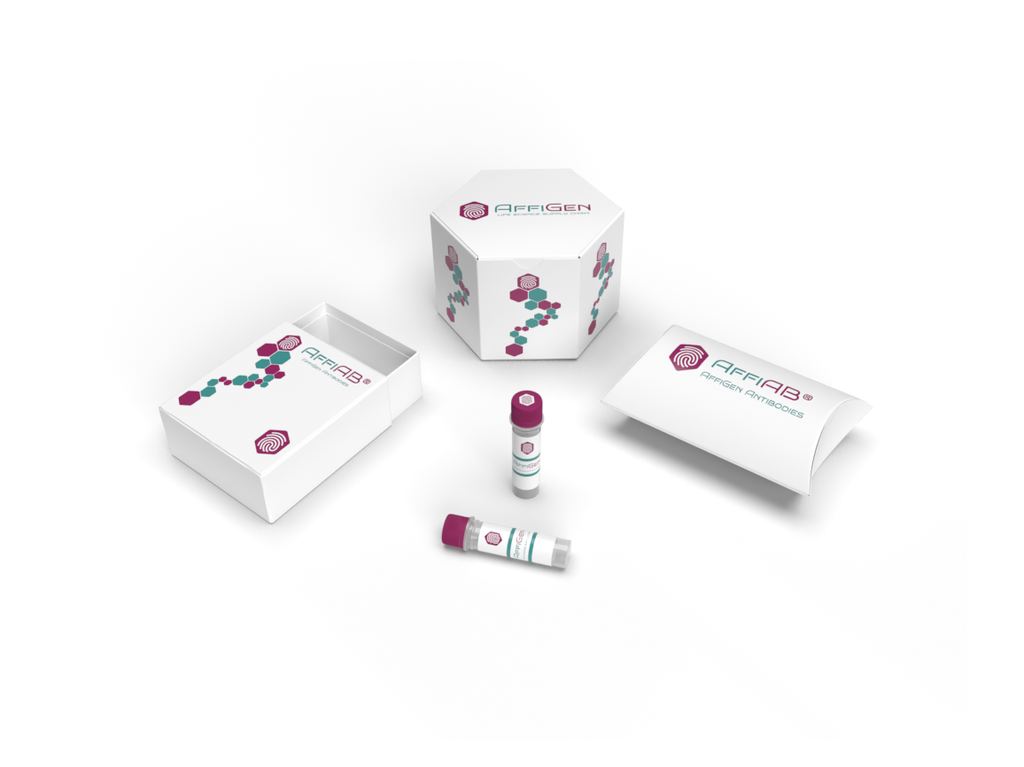AffiAB® Anti-PUMA Antibody
The expression of PUMA is regulated by the tumor suppressor p53. PUMA is involved in p53-dependent and -independent apoptosis induced by a variety of signals, and is regulated by transcription factors, not by post-translational modifications. After activation, PUMA interacts with antiapoptotic Bcl-2 family members, thus freeing Bax and/or Bak which are then able to signal apoptosis to the mitochondria. Following mitochondrial dysfunction, the caspase cascade is activated ultimately leading to cell death. Several studies have shown that PUMA function is affected or absent in cancer cells. Additionally, many human tumors contain p53 mutations, which results in no induction of PUMA, even after DNA damage induced through irradiation or chemotherapy drugs.Other cancers, which exhibit overexpression of antiapotptic Bcl-2 family proteins, counteract and overpower PUMA-induced apoptosis.
Antibody type
Rabbit polyclonal Antibody
Uniprot ID
SwissProt: Q9BXH1 Human
Recombinant
NO
Conjugation
Non-conjugated
Host
Rabbit
Isotype
IgG
Clone
N/A
KO/KD
N/A
Species reactivity
Human, Mouse
Tested applications
WB, IF-Cell, IHC-P, FC
Predicted species reactivity
N/A
Immunogen
Synthetic peptide within C-terminal residues of PUMA.
Storage
Store at +4°C after thawing. Aliquot store at -20°C or -80°C. Avoid repeated freeze / thaw cycles.
Form
Liquid
Storage buffer
1*PBS (pH7.4) , 0.2% BSA, 40% Glycerol. Preservative: 0.05% Sodium Azide.
Concentration
1 mg/mL.
Purity
Immunogen affinity purified.
Signal pathway
Apotosis, Huntington's disease, p53 signaling pathway
Recommended dilutions
WB: 1:500-1:1, 000; IF-Cell: 1:200; IHC-P: 1:200; FC:1:100
Molecular Weight
Predicted band size: 21 kDa
Subcellular location
Mitochondrion.
Positive control
Hela cell lysate, Mouse kidney tissue lysate, SKOV-3, Hela, Lovo, human breast cancer tissue, mouse small intestine tissue, Jurkat.
